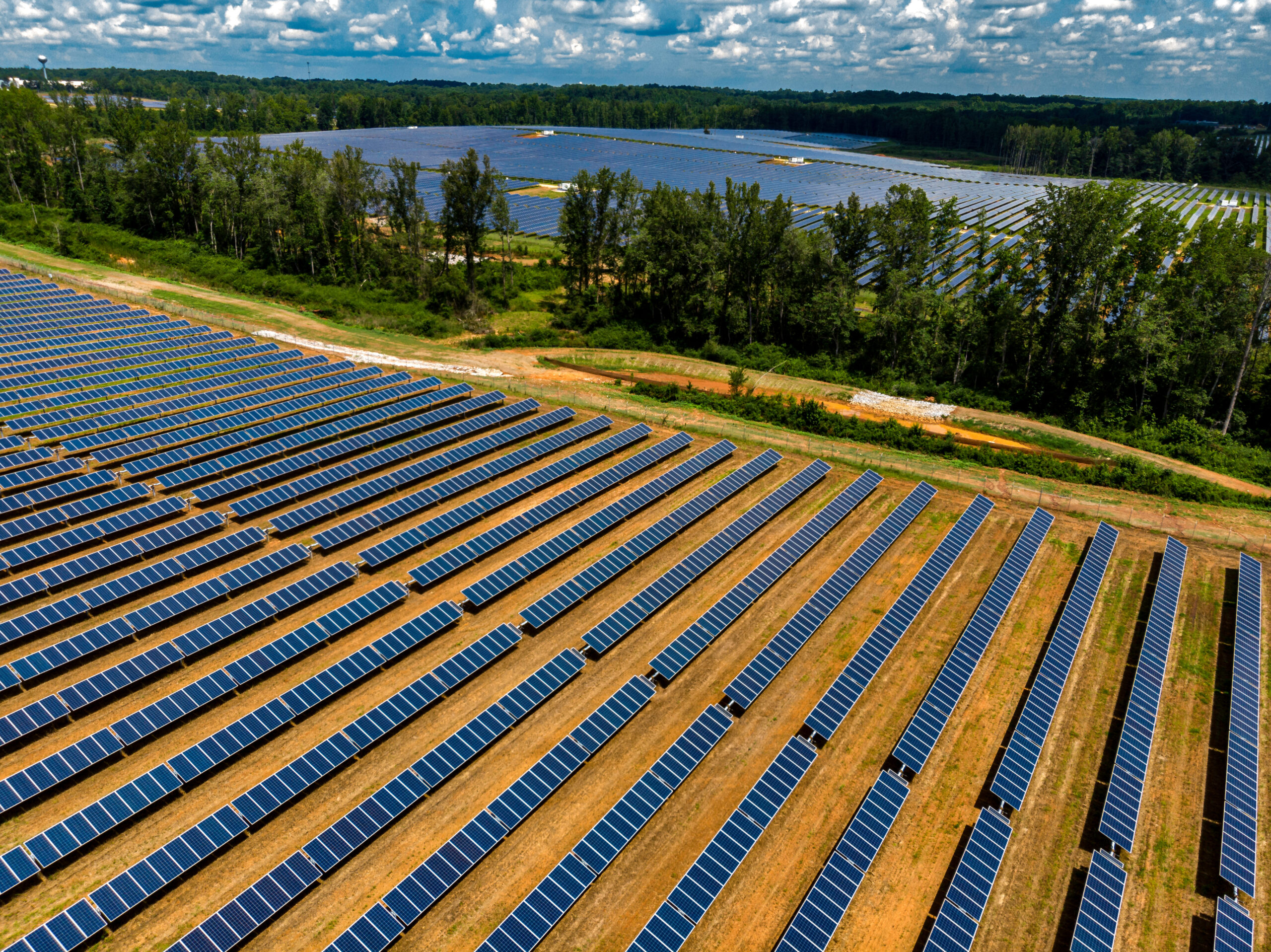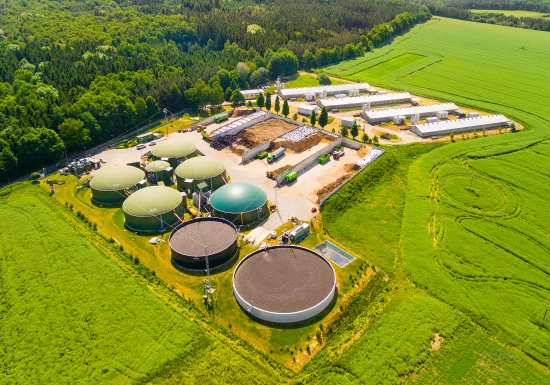
When President Jimmy Carter installed rooftop solar panels on the White House, public support for adoption of renewable energy was at a then all-time high and many imagined the possibility of rooftop solar on their own homes and in their own communities. Yet, barriers such as the high up-front installation cost of panels, and of



